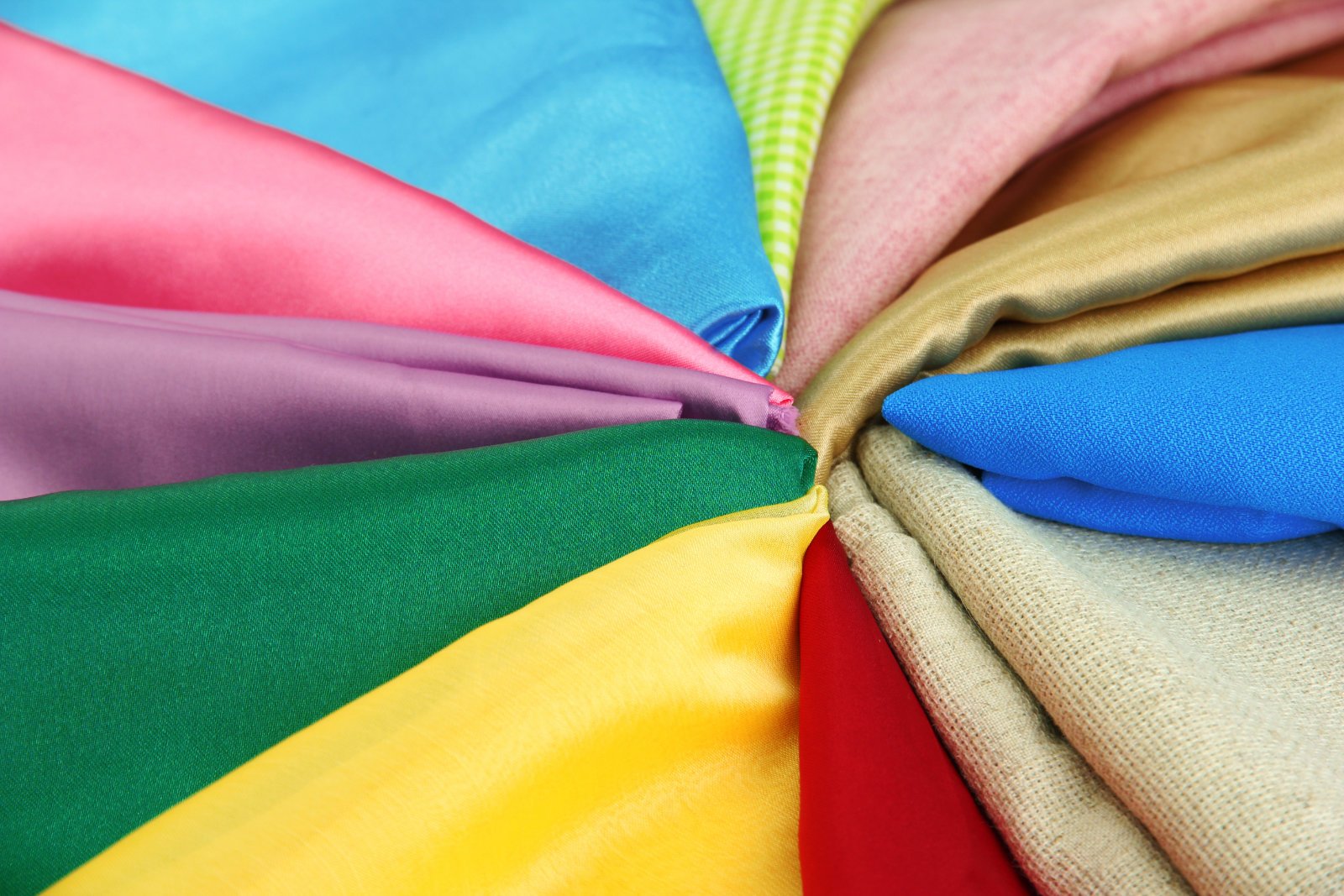The embroidery of digital images has become as popular to professionals as screen printed t-shirts. However, this medium requires knowledge of terminologies such as fabric hand, knit stretch, and fabric-design match, unlike their less restrictive counterpart. These are all important components that make up the fabric.
It is important to understand how various fabrics behave with different embroidery projects. It is also valuable to have a good understanding of the function and application of the embroidered work. There are many considerations to be taken when choosing the right fabric for your work.
Understanding the Approach
What fabric properties should be taken into account?
When choosing a fabric for your embroidery project, you should consider the following:
* FABRIC STRUCTURE – Understanding how the fabric is “built.” You should have a good feel for the fabric’s density, thickness, weight, and weave.
* FABRIC CHARACTERISTICS – Understanding how the fabric’s fibers are constructed and will react to stretching, needle punches, ironing, washing, etc. It would help if you also were looking into colorfastness, shrinkage, and elasticity.
* DESIGN – Not all fabrics can be used for every design.
* CUT – Fabrics on hats, clothes, bags, and accessories will be treated much differently than a napkin or linens.
What are the 3 main categories of fabric that are used in embroidery?
When it comes to embroidering your design, there are 3 main categories based on how certain fabrics are constructed:
* NONWOVEN FABRICS – felt
* WOVEN FABRICS – cotton, linen, silk, wool, tweed, denim, and polyester
* KNITTED FABRICS – yarn, jersey, spandex, and French terry cloth
Nonwoven Fabrics with Embroidery
Nonwoven fabrics are often constructed by using acrylic and wool that will make felt. These nonwoven fabrics have small fibers that are layered and fused. This process is then bonded mechanically, chemically, or with heat.
Once the nonwoven fabric is made, there will be no space between the individual fibers; thus making the fabric thicker and denser. Due to this process, felt takes to embroidery very well, but there is no drape due to the fabric’s rigidity. Depending on how the fiber is used, it may also pill. This pilling process happens when different lengths of fiber begin to separate from each other. There are then little balls of fiber that rest on top of the fabric. There are limited uses for it in embroidery, but it does work very well.
Why is it so important to know the difference between knitted and woven fabrics in embroidery?
It is important to understand the thread (yarn) arrangements as they will have different properties. They will act differently under various stressors. Note these differences:
* STRETCH FACTOR – Most knitted fabrics will have elasticity, as there will be more space between each yarn in the loops. Woven fabrics aren’t going to be as elastic unless their fibers are of an elastic quality during their composition.
* STRESS REACTION – The base for the loops (stitches) in the knitted fabric usually consists of one thread. In woven fabrics, there are two threads. A one-thread basis will not provide as much stability in the fabric as a two-thread one does. This will become important to note when the wrong type of needle is used with these knits. If the needle were to cut through the knit’s yarn, it would cause a run in the fabric.
* WRINKLE REACTION – Knits aren’t going to wrinkle as quickly, and woven fabrics tend to crease. This will become an important factor when considering design and thread choice.
* SHRINKAGE – Knitted fabrics tend to shrink more than a woven fabric would. This is why choosing a fabric from the knit category will require it to be pre-shrunk before working.
Woven Fabrics with Embroidery
Woven fabrics are made with small fibers that are spun into yarn and then woven into your fabric. Depending on the fibers and aesthetic, this yarn could have a loose twist or a tight twist. This construction is important to note as this will indicate how much movement is in the fabric, and it can affect your embroidered piece.
The way the yarns are woven will generate different weaves. It will also indicate how much space is left between the yarns. The more generous the space is, the more the fabric will move when it is being embroidered. A tighter weave would provide less movement.
Consideration for the fabric’s density is often used when working with heavier fabrics because their thread count doesn’t explain the fabric’s characteristics much. The density is going to determine how sturdy and thick a certain fabric is. These characteristics will come into play when choosing your hooping method, type of stabilizers, design, etc.
Knit Fabrics with Embroidery
Knit fabrics will have many of the same characteristics as woven fabric; however, knits tend to be constructed with thicker yarns, making them heavier.
The knits or stitches used, along with the fibers themselves, will play into the fabric’s elasticity. Like the woven fabric, the elasticity of a fabric will add to the work’s movement. When a fabric with a lot of movement has been chosen, it is not uncommon to use a stabilizer to complete the embroidered project.
There is a lot to take in when considering embroidery for your project. Components such as application, design, and materials must all be chosen carefully to create the desired look. Test pieces are always recommended before committing if you are unsure. Due to the variables at play, it takes a lot of trial and error to get it just right.

